Persian Silk Tree |
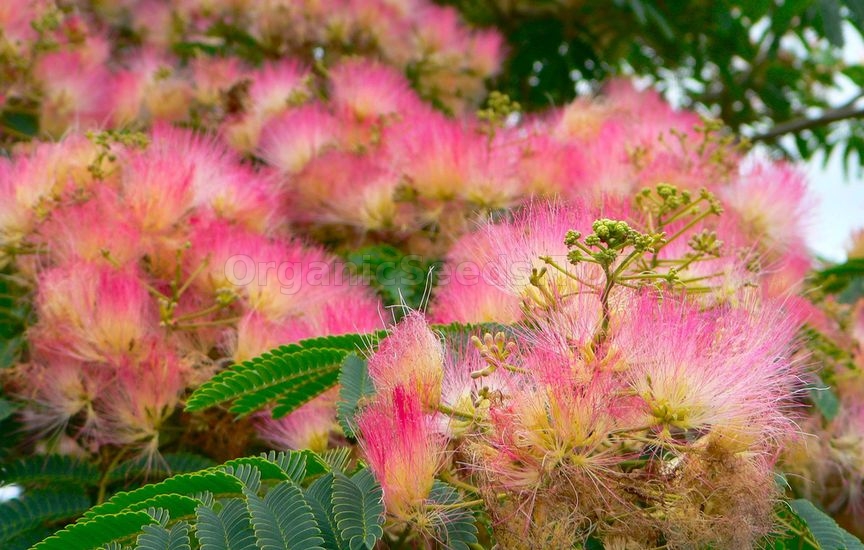 Silk tree mimosa (Albizia julibrissin) growing can be a rewarding treat once the silky blooms and fringe-like foliage grace the landscape. So what is a silk tree? Keep reading to learn more. What is a Silk Tree?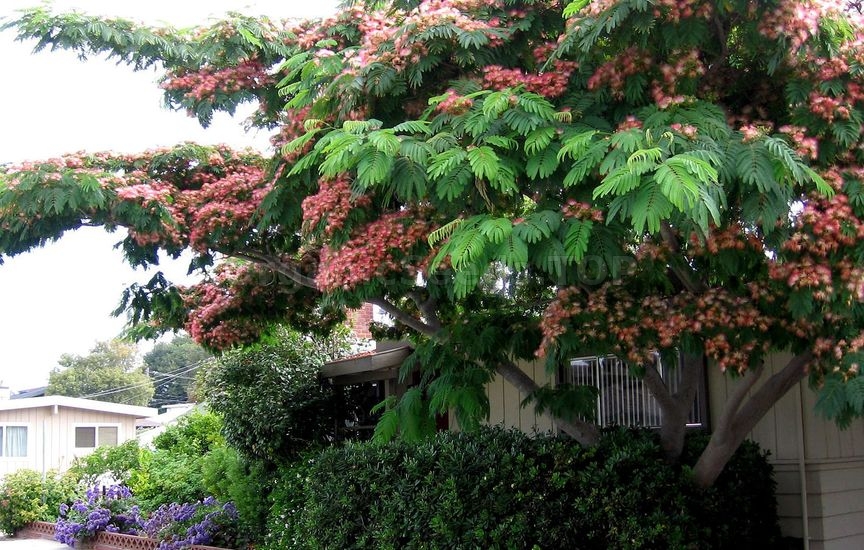 Mimosa trees are a member of the Fabaceae family and are a popular ornamental tree in the home landscape. Also known as silk trees and Albizia silk trees, these beauties have a lovely feathery habit with wispy pink to rose aromatic flowers. Ideal for USDA planting zones 6 through 9, this tree provides light shade and adds a lovely burst of color amongst other deciduous or evergreen trees, or when used as a specimen. The fringed foliage ranges from bright green to chocolate brown, depending on the variety.
How to Grow a Silk Tree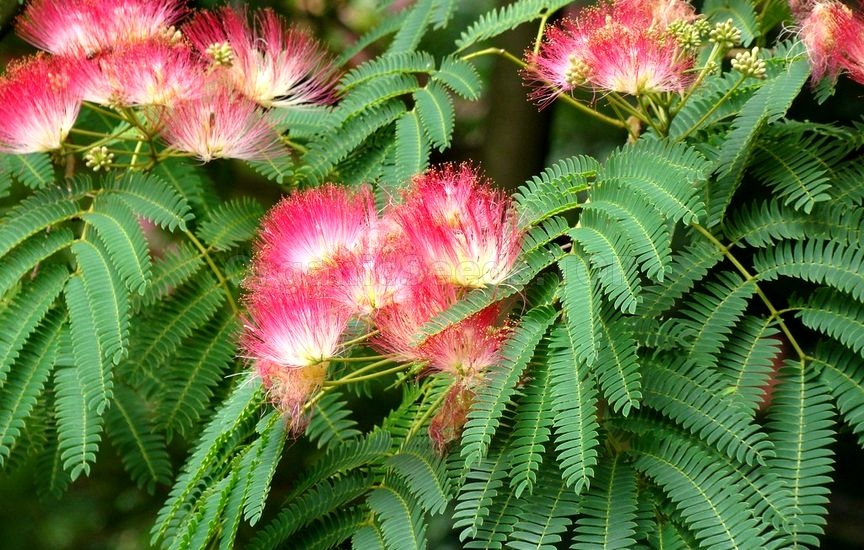 Silk tree mimosa growing is really quite easy. Albizia silk trees need a little space to accommodate their arching habit, so be sure to plan for this accordingly when planting. Roots like to spread out as well, so it is wise not to plant this tree close to a sidewalk or other cement patio where it could cause disruption.
Some people also prefer to locate mimosa trees away from gathering areas because flower and pod shed can be kind of messy. Mature trees open into a lovely “V” shape and reach about 30 feet high. Mimosa thrives in full sun and is not picky about soil type. The tree is easy to start from a seed pod or a young tree. Anyone who has a mimosa would be happy to share seed pods with you. Silk Tree Care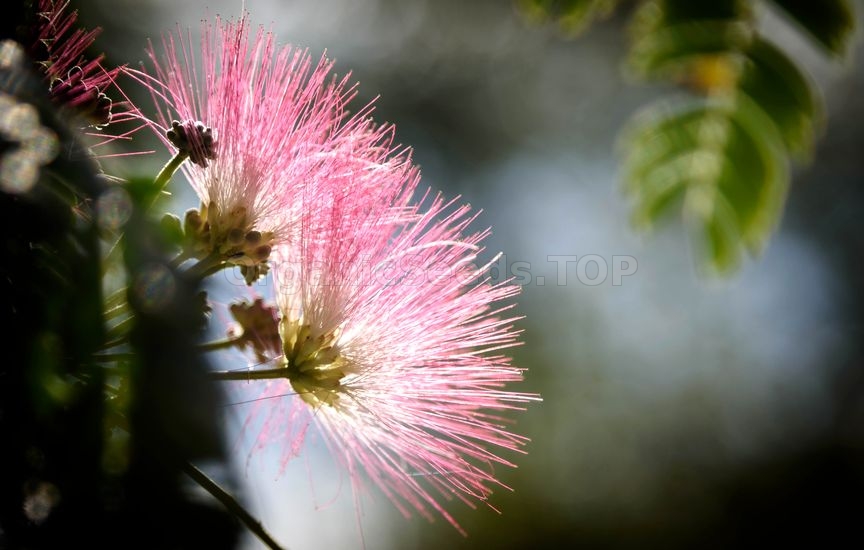 Silk trees need just enough water to keep moist; they will even tolerate a short period of drought. A 2-inch layer of mulch will help to protect the tree and keep the soil moist. If you are getting regular rainfall, it is not necessary to water your tree. Fertilize your tree with compost or organic fertilizer in early spring before the leaves appear. Prune dead branches to keep the tree healthy. Keep an eye out for webworms, which seem to be attracted to this tree. In some regions, canker is a problem. If your tree develops canker, it is necessary to remove infected branches.
Container Growing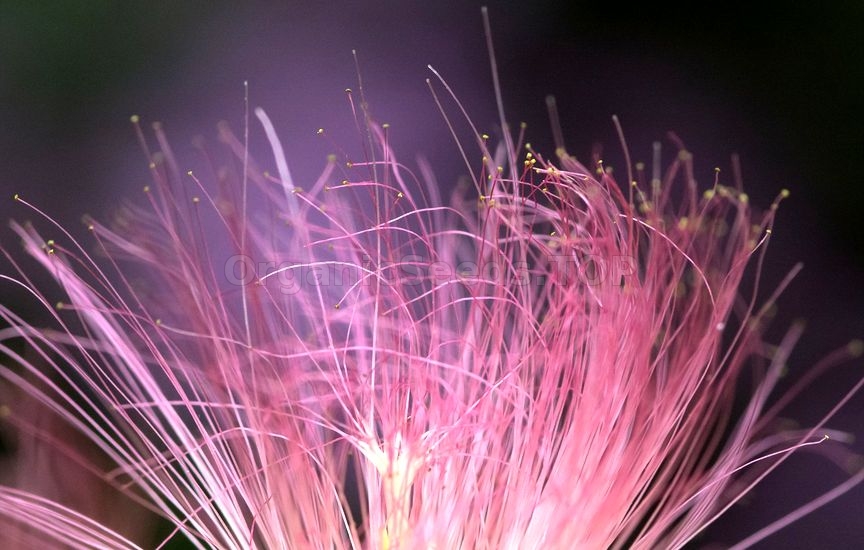 Mimosa also makes an excellent container plant. Provide a large container with plenty of loamy soil and excellent drainage. Smaller chocolate mimosa trees make excellent container specimens. Throw in some trailing plants for a beautiful patio or deck display. Water when dry and trim dead branches as needed.
Mimosa Tree Transplanting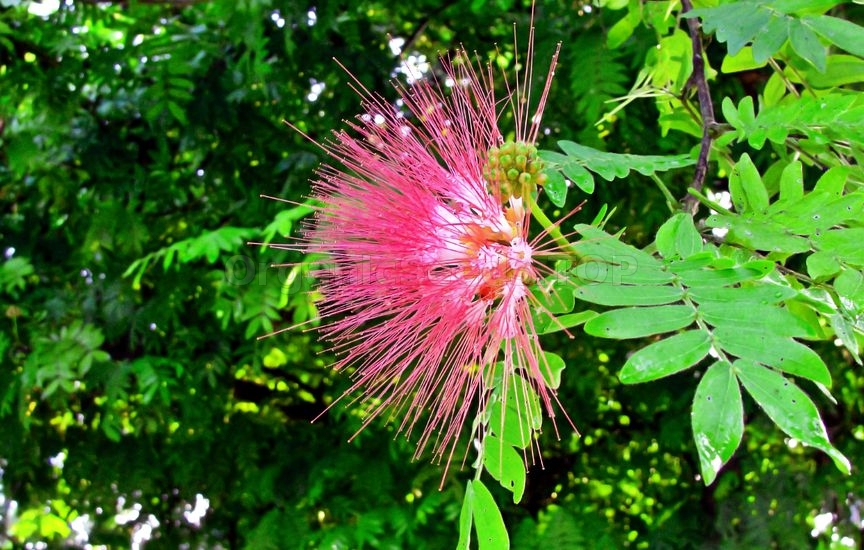 Many times, mimosa trees are planted as specimen plants in landscape beds near a home or patio. Their sweet smelling flowers bloom in midsummer and then form into long seed pods that disperse seeds everywhere. As we get busy with other things in the garden in late summer and fall, it’s easy to overlook the seeding habits of mimosa until the following year when seedlings pop up all over.
With its adaptation to almost any soil type, tolerance of full sun to part shade and quick growth rate, your one specimen mimosa can quickly turn into a thicket of mimosa. While this may be fine for a windbreak or privacy screen, a dense stand of mimosa can take over a small landscape bed. In time, you may find yourself needing to move mimosa trees to a location where they can be allowed to grow and seed densely. When to Transplant a Mimosa Tree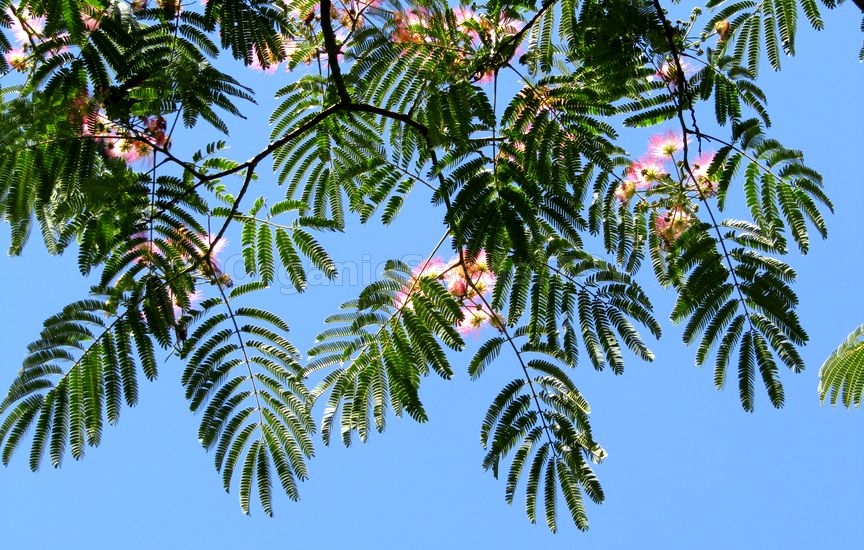 Timing is important when transplanting a mimosa tree. Like any tree, mimosa trees are easier to transplant the younger they are. A small sapling will have a much greater survival rate if moved than an older more established tree. Sometimes, it is necessary to move a bigger tree, though. Either way, safely transplanting a mimosa tree will take a little prep work. Established trees should be transplanted in late fall to early winter after all leaves have fallen off and gone dormant. Small saplings can be dug up in spring and potted to give away to friends or family, or until a proper site is selected.
How to Transplant Mimosa Trees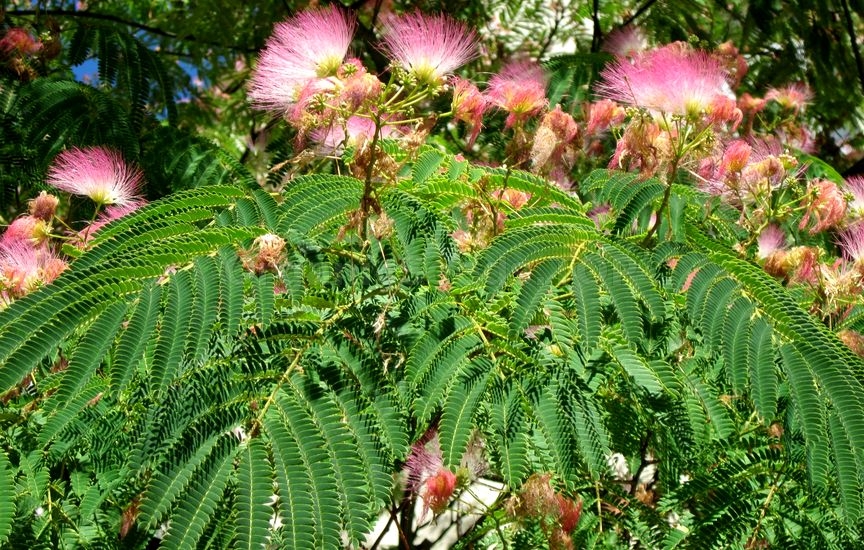 First, select the new site for the mimosa. This area should have well-draining soil and be full sun to part shade. Pre-dig the hole in which the mimosa will be going. The hole should be twice as wide as the root ball you will be placing in it, but no deeper than the tree is presently growing. Planting any tree too deeply can cause root girdling and improper root development. Oftentimes, arborists will recommend digging a hole slightly deeper than the plants root ball, but then creating a small mound of soil in the center for the root ball to sit upon so that the tree itself is not planted any deeper than it should be, but the horizontal roots are encouraged to spread out and down into the deeper area of the hole. Once your site and planting hole are prepared, place a wheelbarrow filled halfway with water and a transplanting fertilizer, like Root & Grow, next to the mimosa tree you are digging up. Depending on the size of the tree you are moving, with a clean, sharp spade, start digging about a foot to two out from the base of the tree. An older, larger tree will have a larger root system and will need more of these roots intact to survive the move. 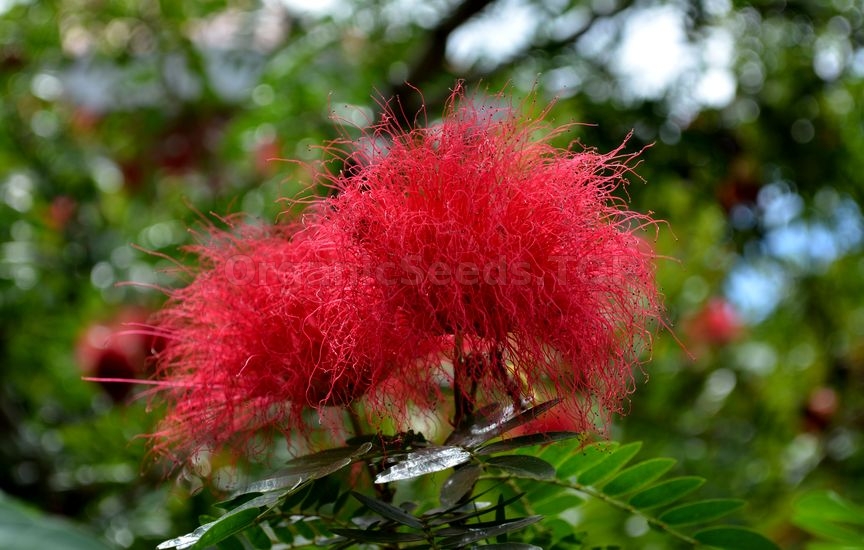 A clean, sharp spade will help easy cut through these roots while not damaging them too badly and reduce transplant shock. Established mimosa trees can have long, thick taproots, so it may be necessary to dig down around the tree up to 2 feet to get a good portion of this taproot. After digging up the mimosa tree, place it in the so you can easily move the tree to its new location in the landscape. Place the mimosa tree in the prepared, new hole. Be sure that it will not be planted any deeper than it previously was going. Add soil under the root ball, if necessary, to raise it. Fill the area around the roots with soil, gently tamping it down to prevent air pockets. Once the hole is refilled with soil, dump any leftover water and rooting hormone in the wheelbarrow onto the root zone. It will be necessary to water your newly transplanted mimosa tree daily for the first week. Do not use any fertilizer until spring. 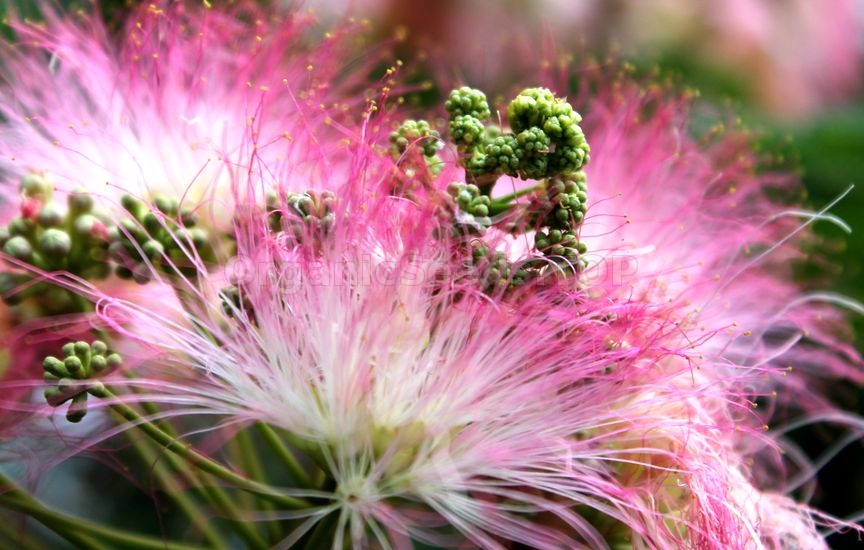 After the first week, you can water the tree twice a week for the next two weeks. Then drop down to a good, deep watering once per week. When watering any newly planted tree, you should give it about a twenty minute, slow trickle of water for deep watering. Once a mimosa tree is established, they can tolerate drought and will require very little watering. You may need:Organic Persian Silk Tree Seeds (Albizia julibrissin)Organic Staghorn Sumac Seeds (Rhus Typhina)Organic Golden Rain Seeds (Laburnum Anagyroides)Organic Horse Chestnut Seeds (Aesculus)Organic Purpleleaf Beech Seeds (Fagus sylvatica) |
|
|
